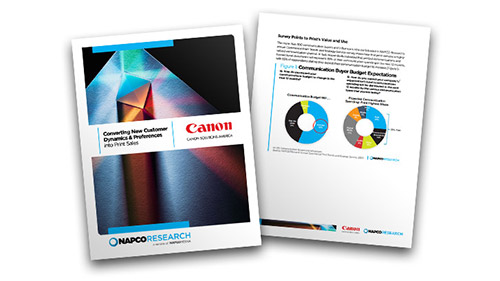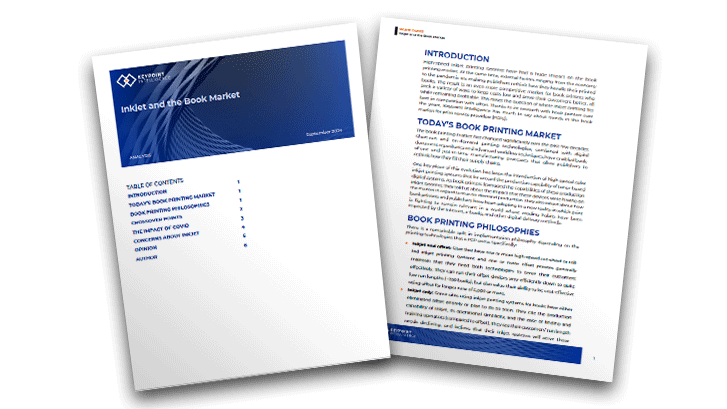Emerging Book Printing Market Trends
As we close out the year, we often find ourselves looking ahead to determine what comes next. This is especially true in the case of a drupa year as print service providers look to anticipate future needs and market trends and align their capital investments in new technology to help them succeed.
What market trends can we expect to see in the book printing market over the next few years? Below are just a few to consider:
- Enhanced Sustainability Efforts: The drive for sustainability will intensify. Expect to see more publishers and printers adopting sustainable practices, including the use of eco-friendly materials, carbon-neutral production processes, and innovative recycling methods. Also expect to see printers aligning themselves with OEMs committed to sustainable development and sustainable manufacturing practices.
- Advancements in Digital Printing: Digital printing technology will continue to evolve, with improvements in print quality, speed, and cost-effectiveness. This will enable more sophisticated customization and personalization options for books. Production inkjet remains a popular candidate here, and the running costs are generally lower and better able to compete with offset at lower or print-on-demand quantities. Inkjet presses like the Canon varioPRINT iX-series and Canon ColorStream series have demonstrated success for Canon customers in the book printing market. You can see examples of those customers here.
- Integration of AI and Automation: Artificial intelligence and automation will play a larger role in streamlining production processes. From automated layout design to predictive analytics for inventory management, these technologies will enhance efficiency and reduce costs. Learning how to harness AI technology will be essential in the coming years.
- Growth of Hybrid Publishing Models: Hybrid publishing models that combine traditional and digital printing methods are likely to become more prevalent. This approach allows for flexibility in production runs and caters to diverse market demands. This also allows for more dynamic management of inventory and storage constraints.
- Increased Focus on Short-Run and Print-on-Demand: The popularity of short-run and print-on-demand services will continue to grow, driven by the need for cost-effective, low-inventory solutions and the demand for niche or specialty titles. Print-on-demand also helps make self-publishing possible.
- Growth of Self-Publishing:The self-publishing revolution is not slowing down. With platforms like Amazon Kindle Direct Publishing and IngramSpark making it easier for authors to publish their work, we can expect a surge in independently published books. As more authors choose this route, the demand for affordable printing services that support small runs and fast production will rise. This shift will also lead to increased competition among printing companies to offer the best quality and services tailored to self-published authors.
- Expansion of Direct-to-Consumer Channels: Direct-to-consumer sales will likely expand, with more authors and publishers leveraging online platforms and social media to reach readers directly, bypassing traditional distribution channels.
- Technological Innovations in Materials: New materials and printing techniques will emerge, such as advanced substrates that improve durability, print quality, and tactile experiences.


